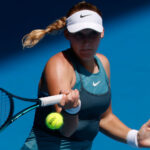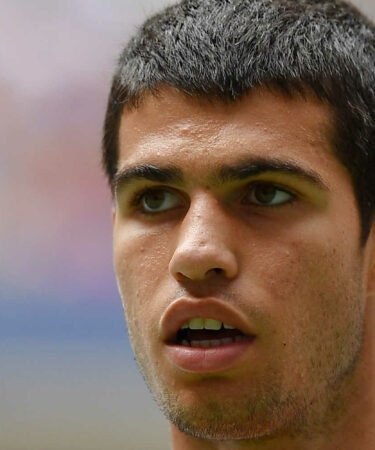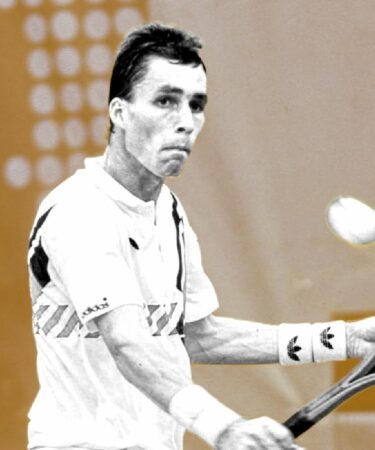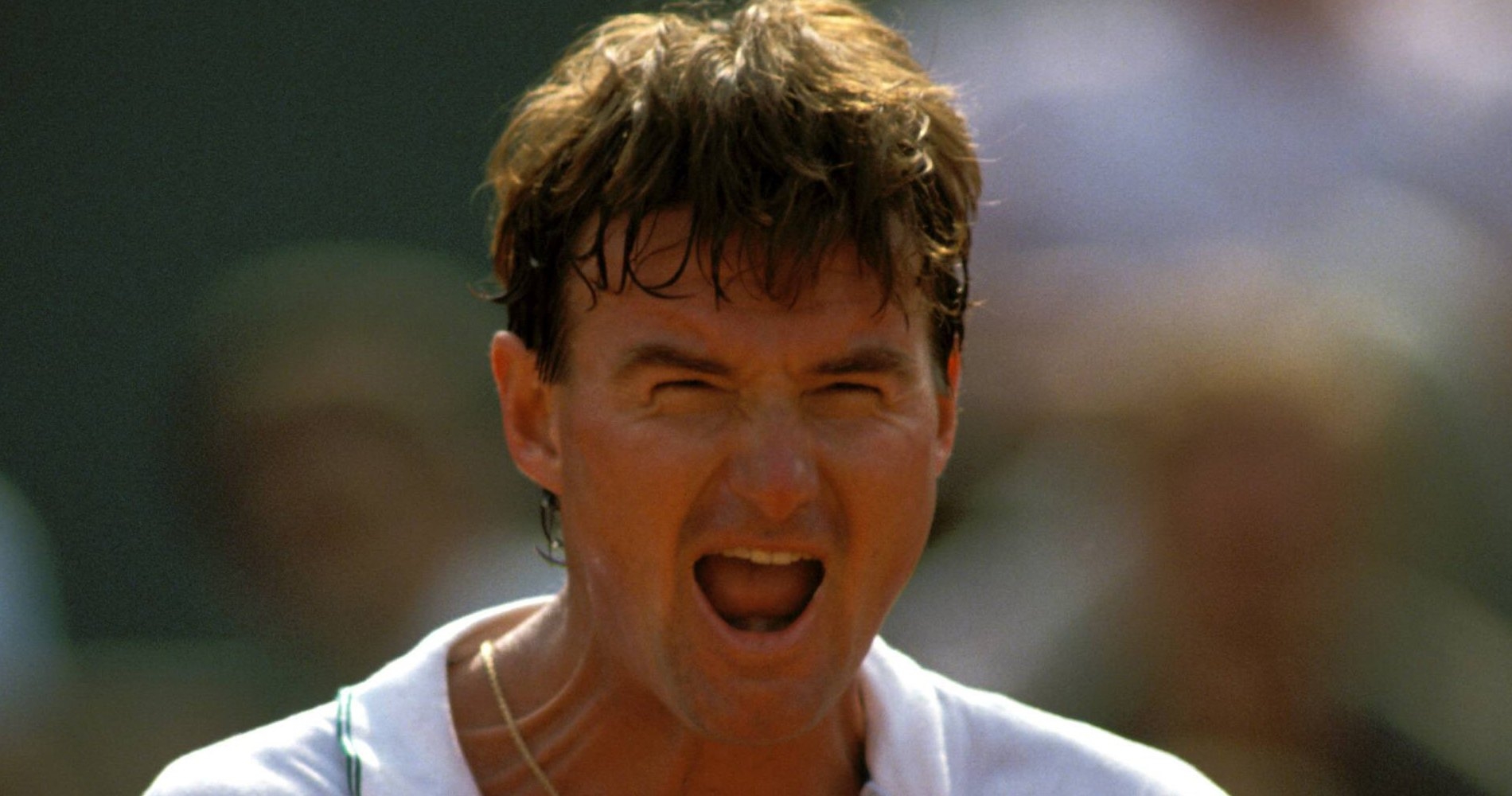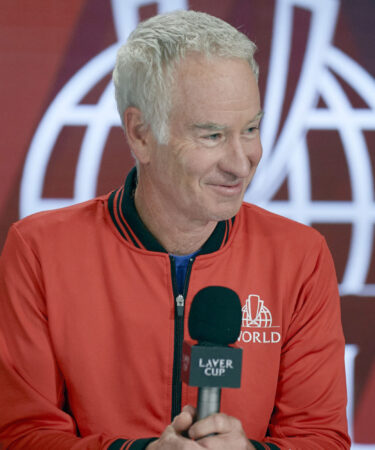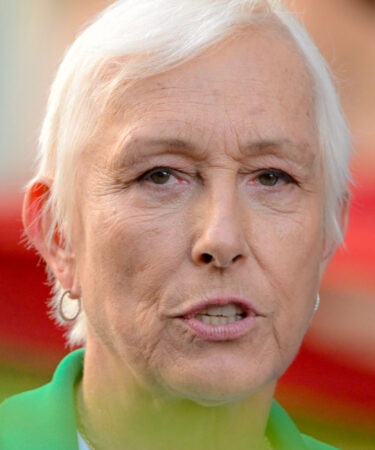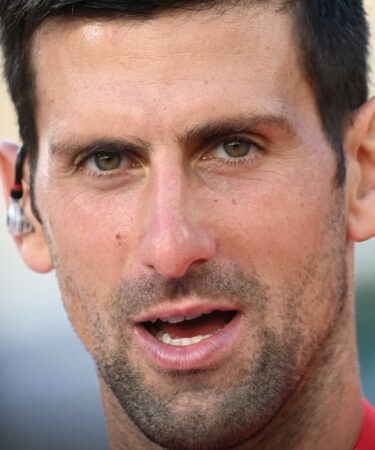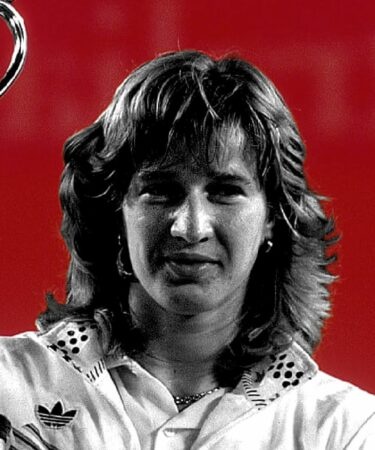Williams, Federer, Djokovic: GOAT debates are meaningless as sport evolves
Is there merit in getting into a debate on whether Williams or Federer, Nadal or Djokovic, Court or Navratilova, Conners or Borg, Laver or Perry, is the best?
 Novak Djokovic, Serena Williams, Roger Federer at the 2019 Miami Open
Image Credit: Icon SMI / Panoramic
Novak Djokovic, Serena Williams, Roger Federer at the 2019 Miami Open
Image Credit: Icon SMI / Panoramic
There’s been a lot of talk about the GOATs (greatest of all time) in sports of late. There are reasons for this: the retirements of Serena Williams, Roger Federer. and Tom Brady; the moment Rafael Nadal took the lead with most Grand Slams, then was usurped by Novak Djokovic; the feat of Lionel Messi finally winning a World Cup; the death of Pele last winter; the rise of new basketball stars who have humbled Lebron James. It has all added up to a sometimes heated series of debates (often on social media) where fans try to prove their theories on why their favourite man or woman should be considered the best of all time. The arguments usually fall on deaf ears.
Of course, in tennis, we have been having this discussion for the better part of a decade. It took on a new meaning as we watched the rise of Federer and Williams, with proponents of each battling to point out the differences between the sexes. The problem with the argument is that they should always be multi-faceted, yet they usually zero in on individual factors. For example, the fact that Serena Williams won the most Grand Slams (in the modern era) should mean she is considered the best, but that overlooks other factors, including the fact that she, unlike Federer, did not come up against competitors like Rafael Nadal and Novak Djokovic.
Serena Williams dominated like no other!!
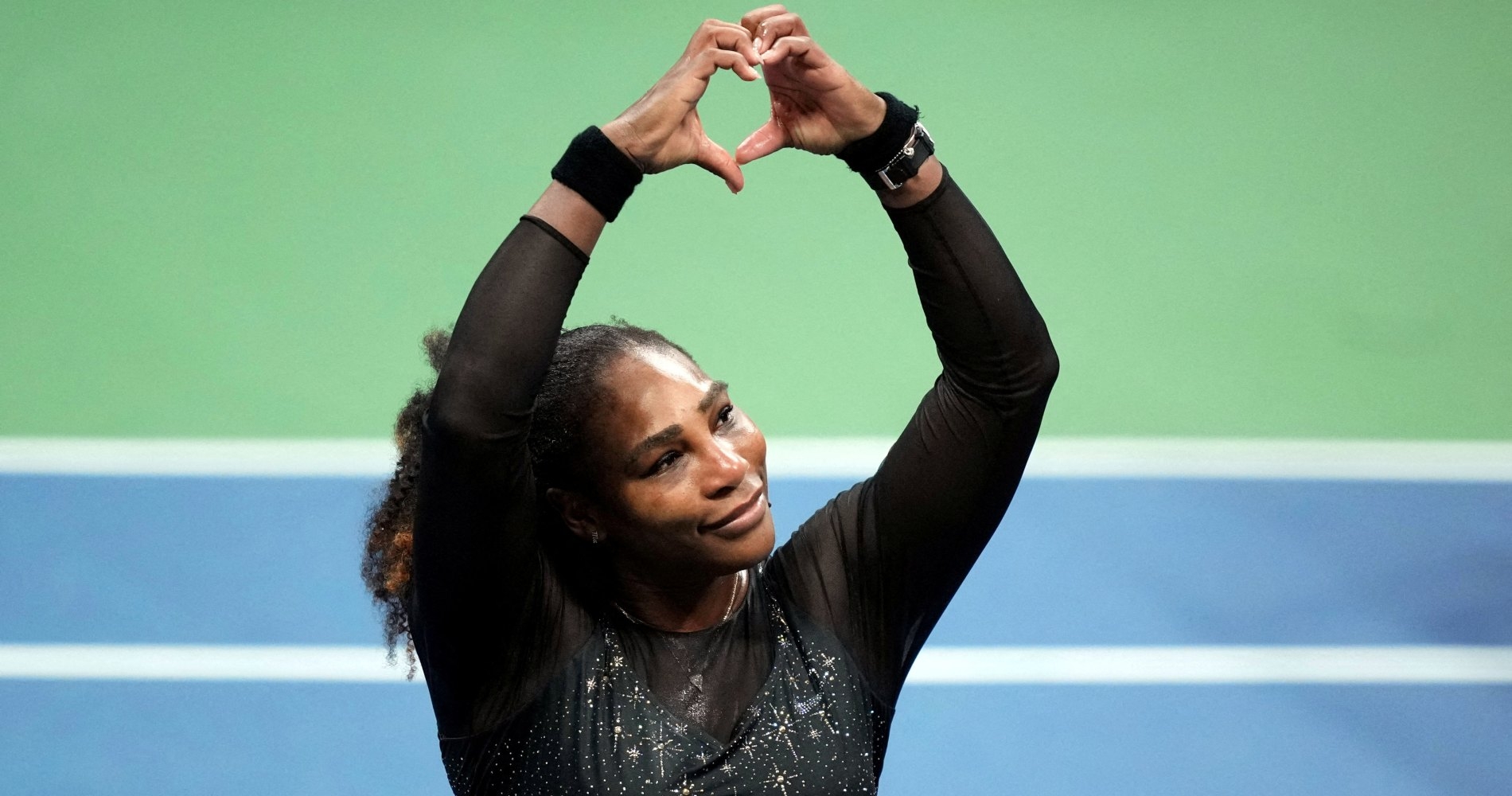
That is not to say that Serena Williams is not the GOAT. Rather, it is to state that there are always subjective arguments that go up against the stats. Indeed, we could reverse the argument above and say Williams is the GOAT because she dominated the competition in women’s tennis more than any other player in the game. She made good players look ordinary. Williams was such a force in the game that she would immediately be installed among the favorites in the tennis betting odds for the 2023 US Open should she suddenly come out of retirement. It’s difficult to think of a more startling achievement than Williams winning the Australian Open while nine weeks pregnant in 2017.
And yet, sports are cyclical. Narratives change over the years, and it is often that what’s in front of us seems to be the best. If we were to transport back to Wimbledon in 1981 and see Bjorn Borg, John McEnroe, Jimmy Connors, and Ivan Lendl at their peak, might we not argue that the GOAT could be picked from among them, given that there was arguably not an event in tennis history with such a deep talent pool? Or let’s go to 1989 at Wimbledon and see Steffi Graf, Martina Navratilova, Gabriela Sabatini, Monica Seles, and Chris Evert in action, not to mention truly underrated players like Zina Garrison and Arantxa Sanchez-Vicario, whom the nostalgists tend to overlook.
Comparing eras is pointless
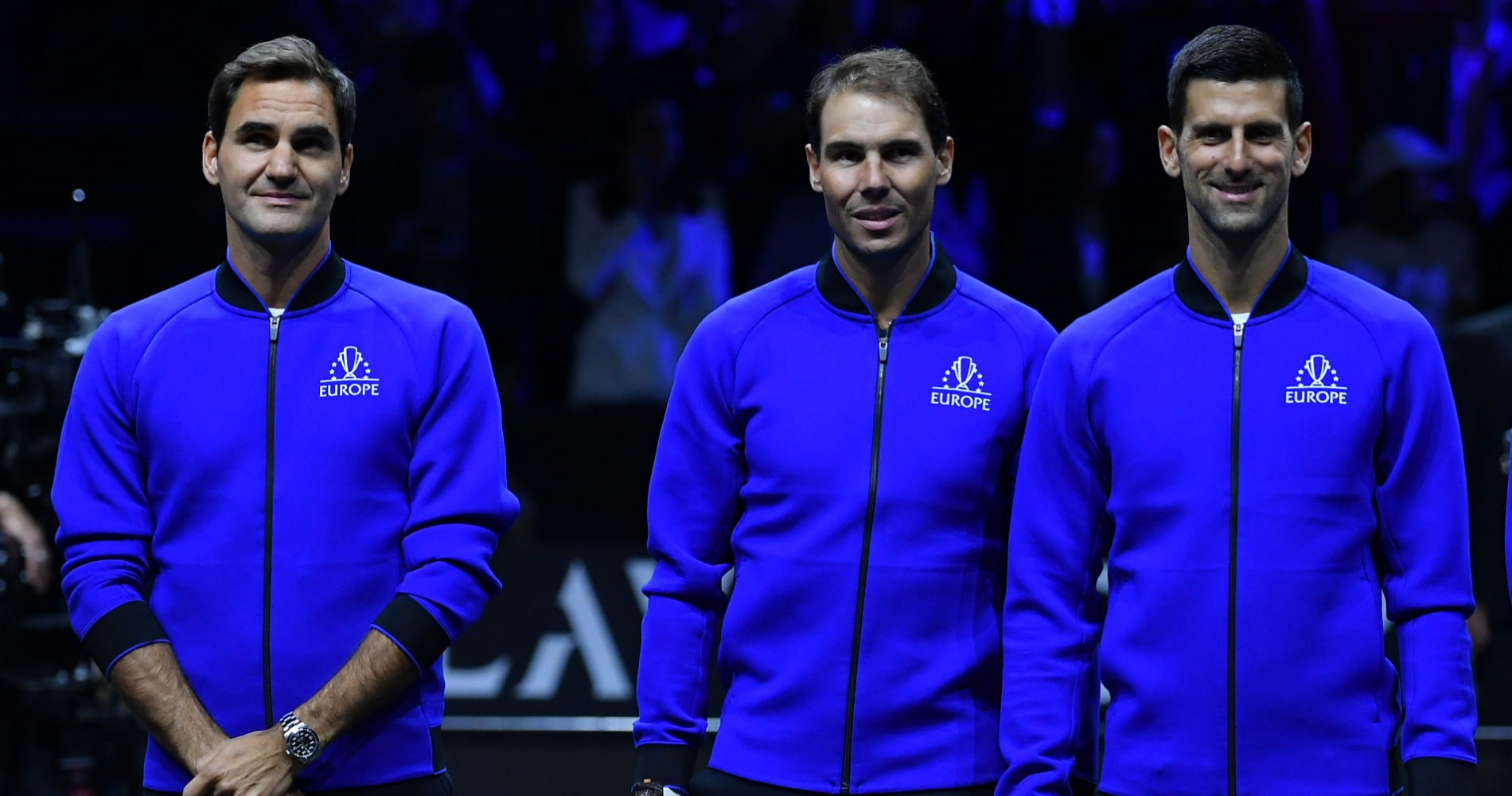
The point, as such, is that we tend to create sporting narratives for the world around us. Of course, Serena Williams would probably embarrass Margaret Court if the pair had met in their primes, but the latter played in an era so different it was as if it tennis were a different sport altogether. Modern sports science means that athletes get stronger and faster and more skilled, and that’s going to keep being the case. We know that there will one day be a player for whom we revisit the GOAT debate. It could be Carlos Alcaraz or Coco Gauff, or some kid hitting tennis balls with her mom in a backyard in Mumbai.
What we are trying to convey is that the GOAT debate is meaningless. Well, almost. It has value in the sense that it helps us shape and illustrate how we perceive our favorites. It can also be fun. But to get heated in an argument about whether Williams or Federer, Nadal or Djokovic, Court or Navratilova, Connors or Borg, Laver or Perry, is the best is pointless. In a sense, they are all the GOATs!!
People in this post
More tennis news
February 19, 2006: The day John McEnroe came out of retirement to win a doubles title at 47

Dubai Open: Stearns upsets Zheng to reach last 16

WTA Dubai: Navarro beats Bencic to move into last 16

WTA Dubai: Cirstea beats Parks to move into last 16

WTA Dubai: Andreeva beats former Wimbledon champ Vondrousova to reach last 16
